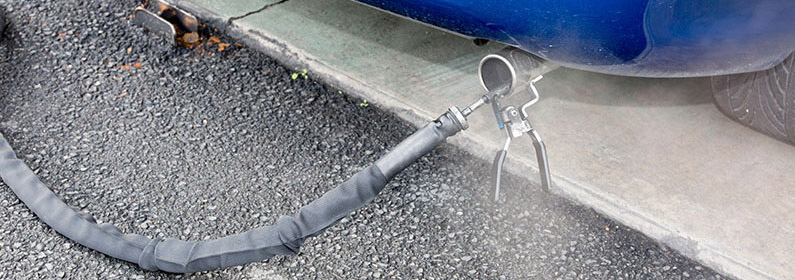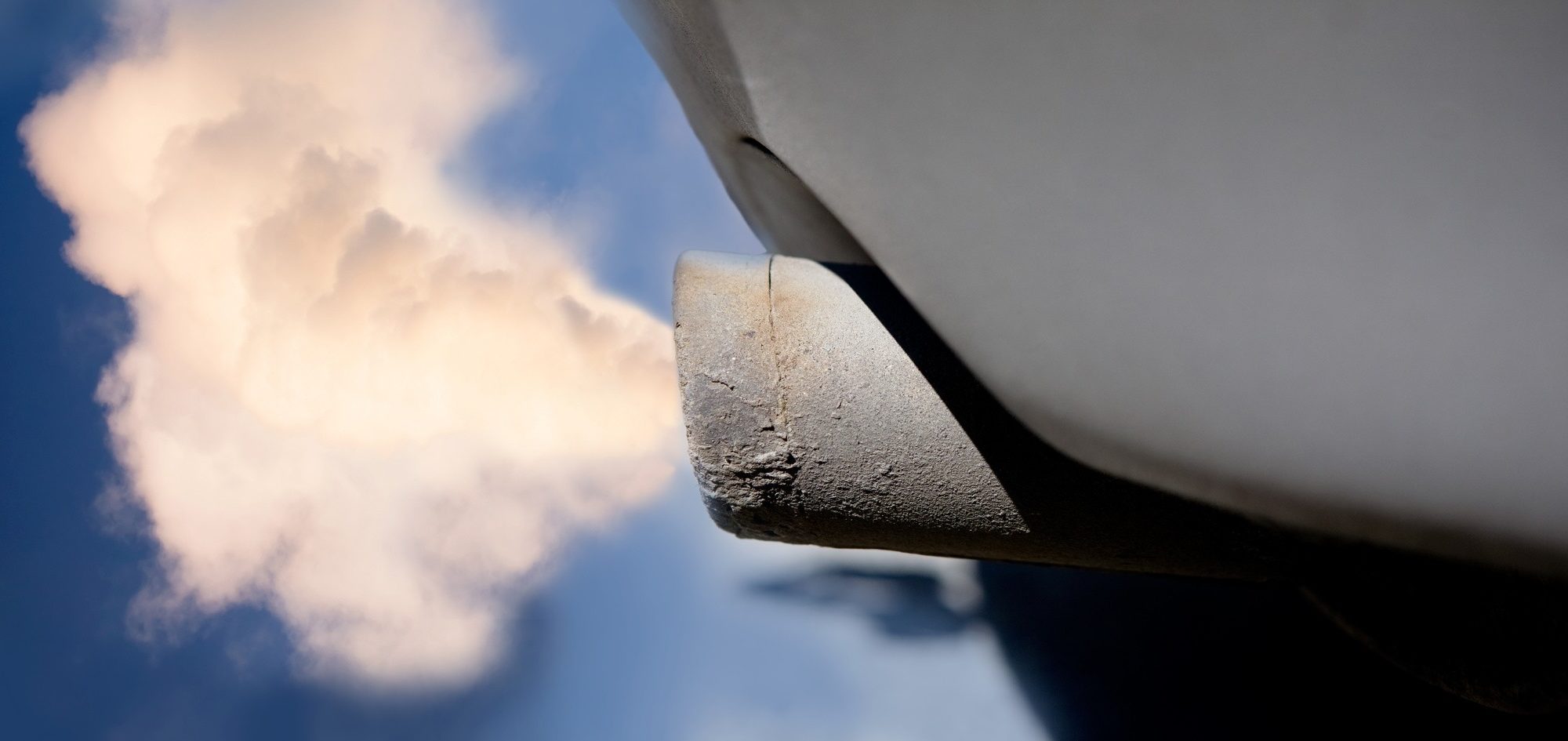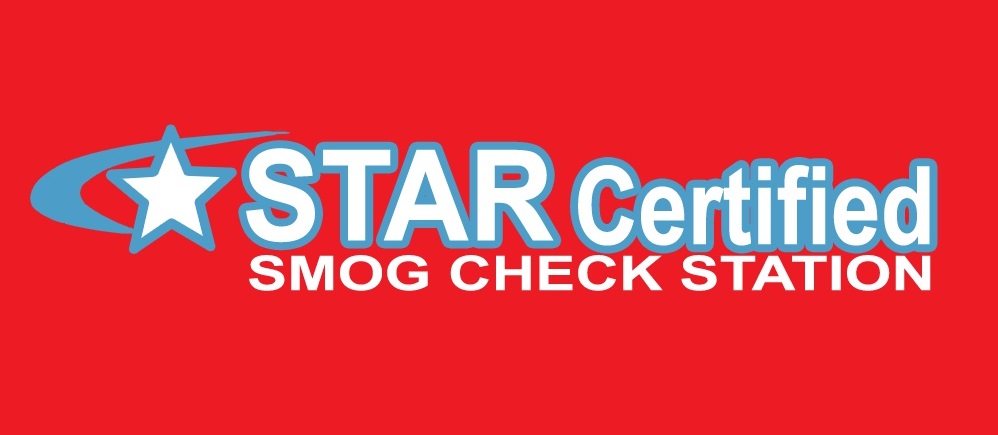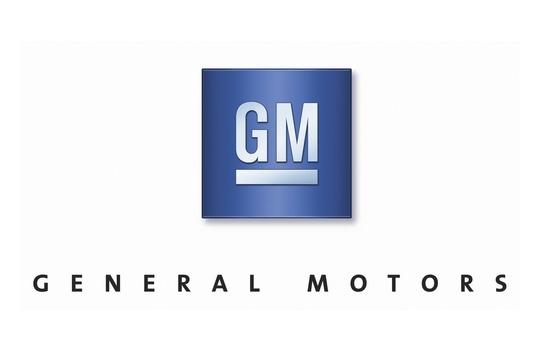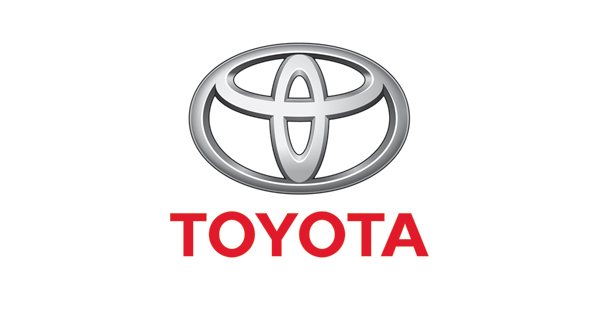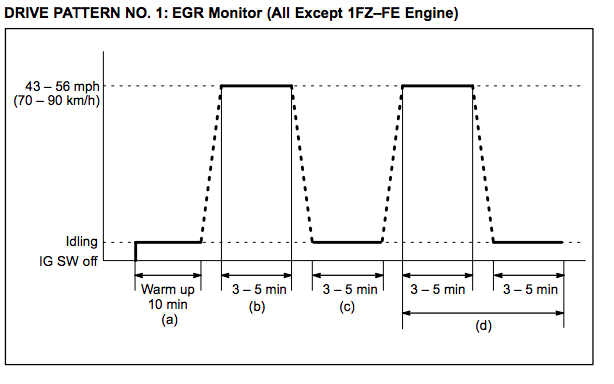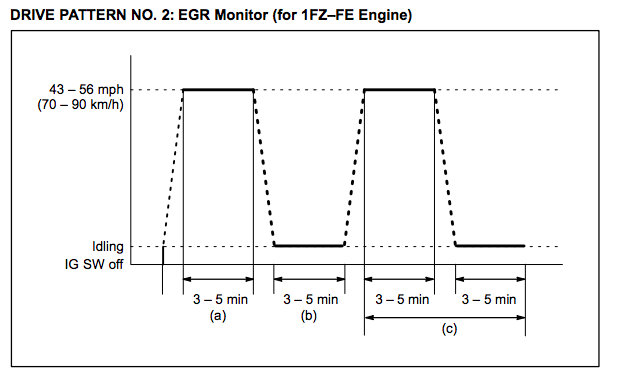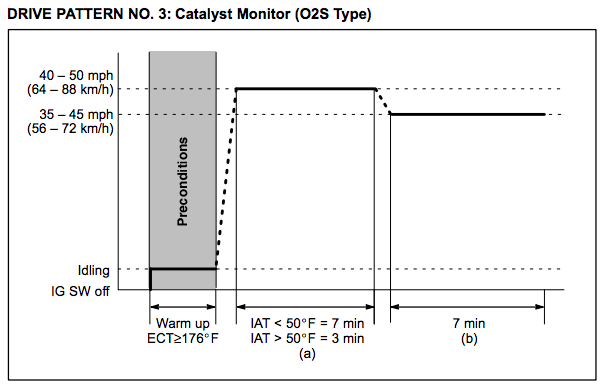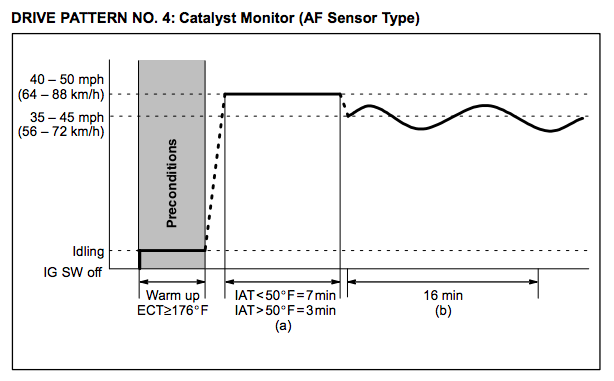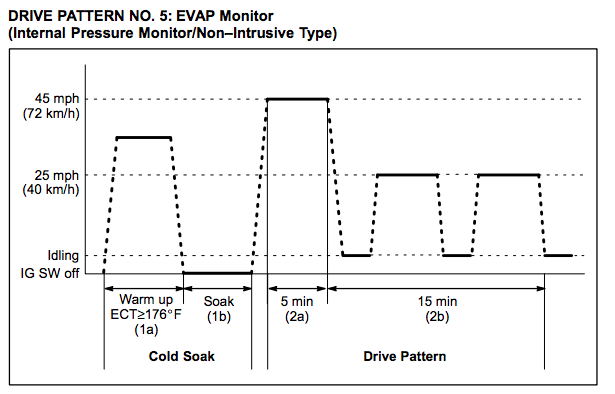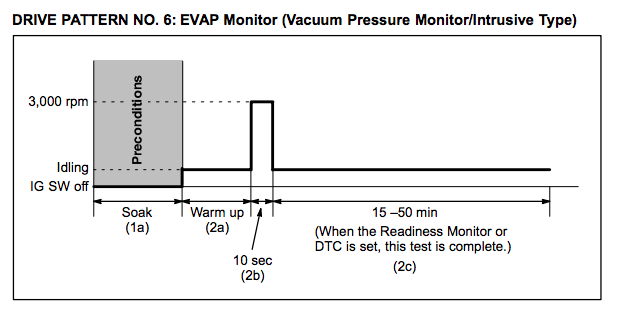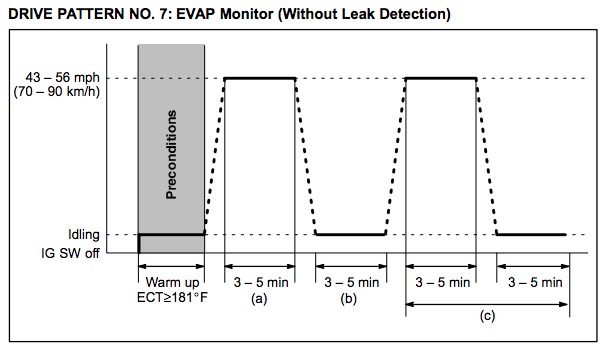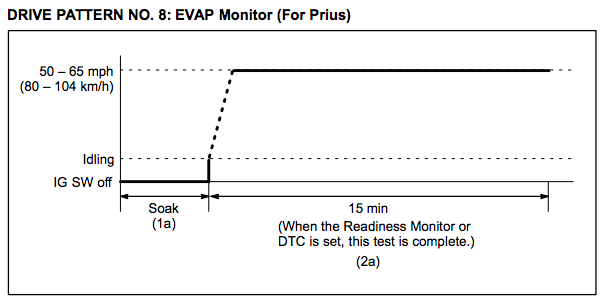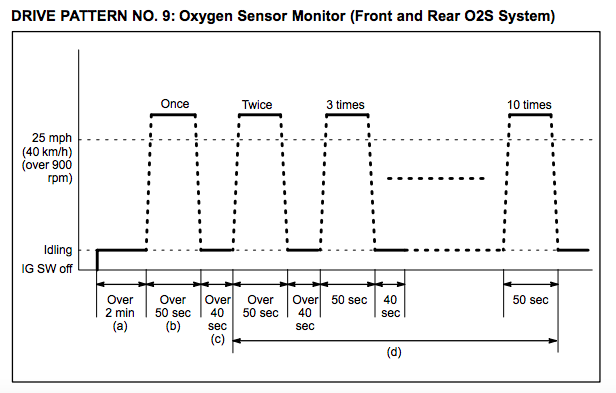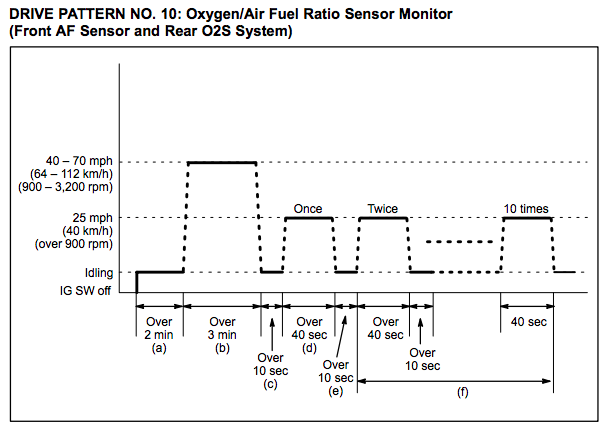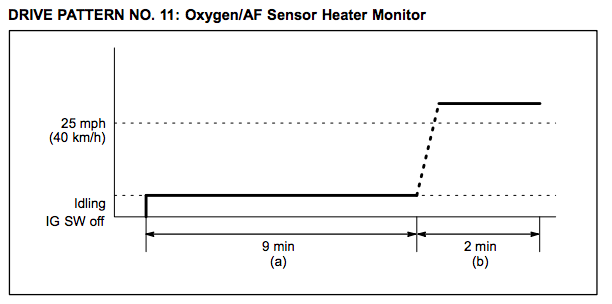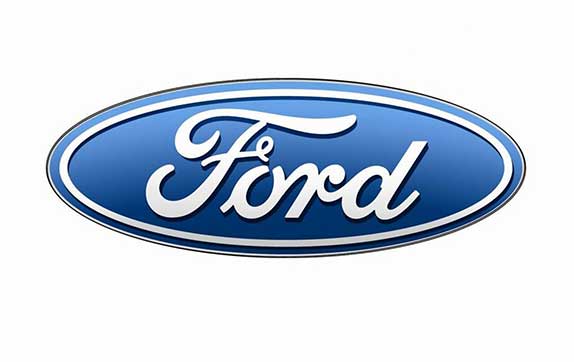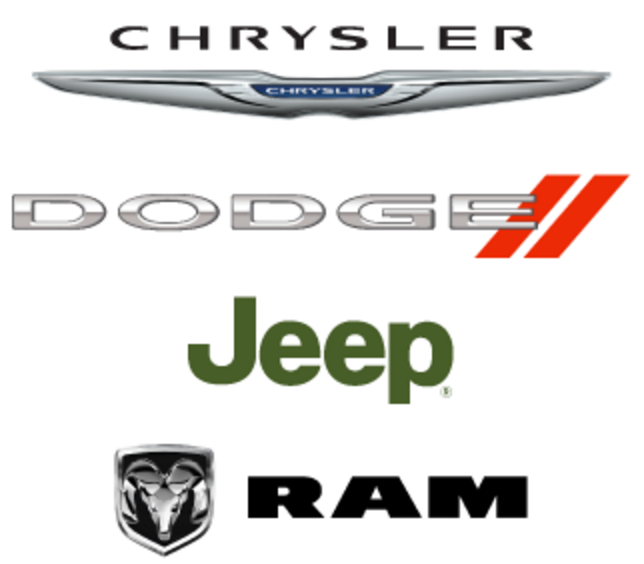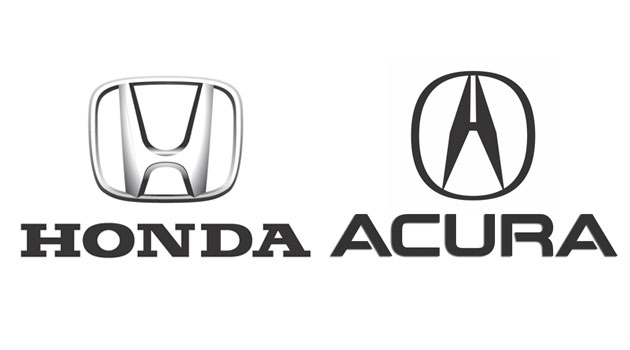Are you currently residing in California? Do you make sure that your vehicles are undergoing regular biennial smog inspection? Yes, you will need to do that in order to renew your registration. If you are a new resident of California, you will be required to get an initial smog check or inspection done if you want to successfully register. And this will apply to you and your vehicle even if you have your current certificate on you. So if you’ve
How Is It Going To Affect New California Residents?
As a new resident of the state you will be required to take your vehicles to a smog inspection station near you as per the California Department of Motor Vehicles (DMV). In any case a smog check has to be completed within 20 days of establishing residency and before registering the vehicles. Remember all your current, out-of-state smog inspection certificates or stickers or approvals are not going to be enough to acquit you of this requirement. You will have to complete an initial smog check in Vacaville and from there onwards you will be subject to the standard 2 years schedule of recertification.
Just as there is no need for you to go through regular vehicle safety inspections, there will be no need for any brake and light inspection either but you will be required to present your vehicle identification number (VIN) inspection when you first aim to register your vehicle after moving to the state. This inspection will take place at the DMV.
What Are Some Of The Most Common Smog Check Requirements & Exemptions You Should Know Of?
There are counties across the state that require a smog inspection every 2 years and for that the CA DMV has a biennial smog certification program. However there are a few exceptions / exemptions to this rule and they are as follows. The state of California requires all automobiles / vehicles to go through smog inspection EXCEPT:
· Vehicles powered by Gasoline, model year 1975 and older
· Vehicles powered by natural gas that weigh over 14,000 lbs
· Vehicles powered by Diesel, model year 1997 and older OR same vehicles with a gross weight rating of more than 14,000 lbs
· Electric vehicles
· MotorcyclesThese were some basic facts about smog check in Vacaville, California and their exemptions. Be mindful of them when you go through your biennial test.

